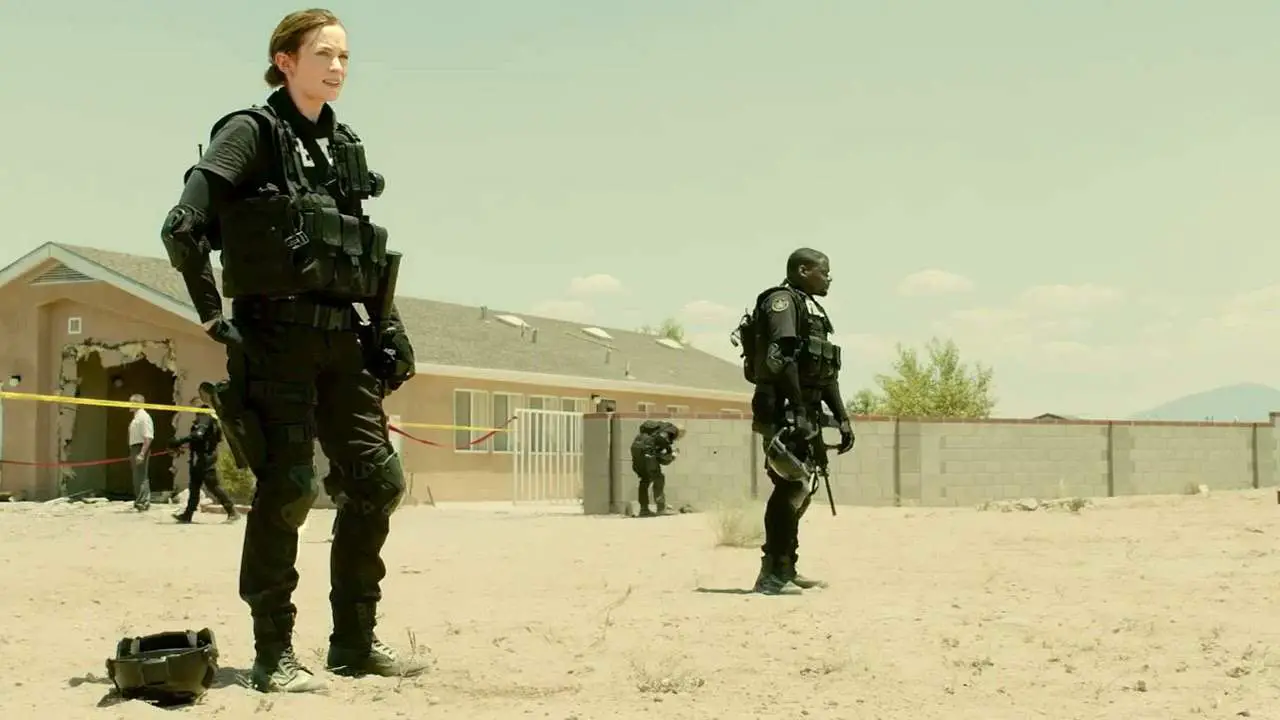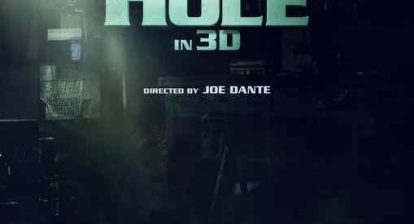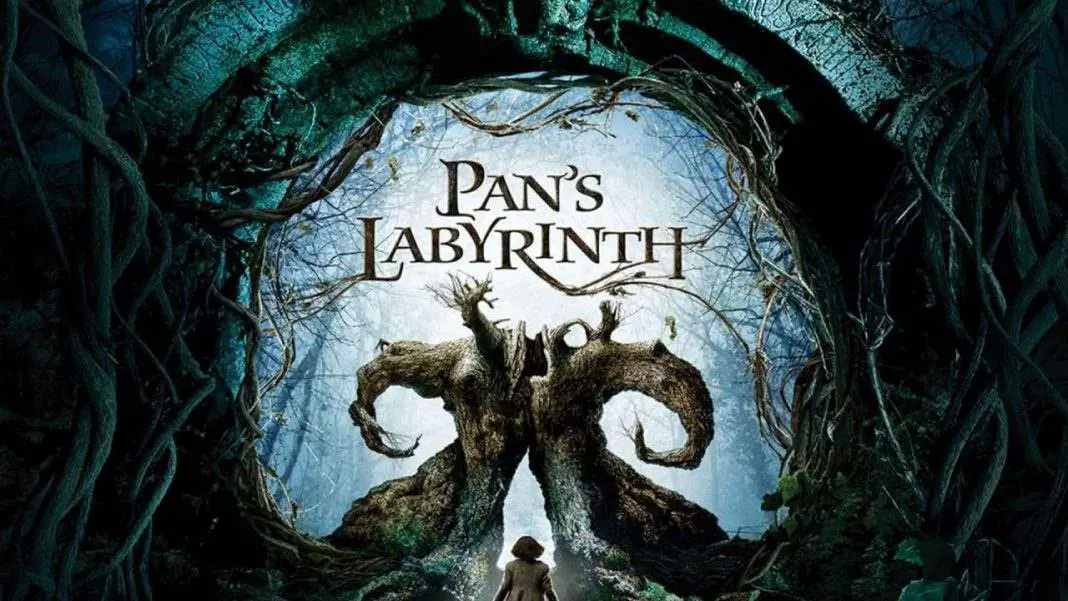Horror is evolving as a genre. Although your local multiplex is still peppered with the usual contenders, look a bit closer and you’ll find the latest drama, thriller, or crime offering is closer to horror than you might expect. In this bi-weekly series, Joey Keogh presents a film not generally classified as horror and argues why it exhibits the qualities of a great flight flick, and therefore deserves the attention of fans as an example of Not Quite Horror. This week, it’s another wonderfully dark Denis Villeneuve film, the explosive, disturbing Sicario.
Denis Villeneuve is fast becoming the king of Not Quite Horror, following a trio of exceptional films that demonstrate perfectly what makes this genre of film-making so fascinating. Charting the exploits of a rag-tag group of law enforcement officials, led by Josh Brolin’s flip flop wearing government agent, and Benicio Del Toro’s titular hit-man, Sicario is Villeneuve’s darkest, shocking and most brutal offering yet.
Scripted by Taylor Sheridan, who mainly has TV credits to his name on shows such as Sons Of Anarchy and Veronica Mars, Sicario is mostly concerned with the drug cartels who are ruthlessly controlling things south of the border. As a result, though, much of its violence is heavily implied, there’s an unavoidable sense of foreboding present throughout, a feeling that all the good in the world is slowly seeping away.
Kicking off with one of the most horrifying sequences ever shown in a non-genre movie, during a raid on a house in Arizona wherein the most grisly discovery imaginable is made, the film escalates the tension slowly, bit by bit, until it’s, quite literally, at nail-biting levels. Emily Blunt’s FBI agent Kate is the audience insert, plucked from her day job and dropped spectacularly into the firing line.
As is customary with these kinds of movies, she doesn’t figure out what’s really going on until it’s too late–if at all. She spends much of her time desperately wondering whether she’s made a grave error by agreeing to tag along on this erroneous mission in the first place. Far from being a damsel in distress, however, Kate is more than able to tussle with her male colleagues, frequently and loudly demanding to be included.
Sicario puts Kate in considerable danger right from the outset, stacking the deck against her to such an extent that we’re left wondering whether she has any hope of making it out alive. Throughout her struggle, Roger Deakins’ breathtaking cinematography captures the sun-parched Mexican landscape, dusting everything with a layer of dirt that clings to the characters’ skin.
Deakins previously worked as a DP on another Not Quite Horror classic, No Country For Old Men, which was also filmed in New Mexico and made similar use of the bleached vistas on hand there. Here, his expansive shots are even more spectacular. In particular, a sequence capturing the team heading underground on a stealth mission is framed and lit as though they are literally burrowing underground.
Jóhann Jóhannsson, who also scored Villeneuve’s Prisoners, concocts a score that is a character in itself, its thrumming drum-beats rumbling along as the action picks up speed. It’s especially useful in setting the scene during the initial raid, its notes going in time with our heart-beats as the tension is cranked up tighter and tighter. In a year of impressive scores, Jóhannsson’s work here really stands out.
Sicario is a rare treat, a near-masterpiece of Not Quite Horror from a director who knows exactly how to get under our skin without feeling the need to show, or even tell us too much. Visceral, dark and often quite horrifying, this is arguably the best offering from this little-known, but burgeoning, genre of the year thus far. Taken with Villeneuve’s own Prisoners and Enemy, it’s a masterclass in evoking fear, unease and horror without feeling the need to label your work as such.





